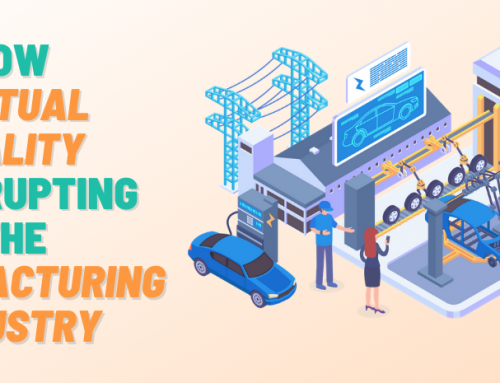
INTRO
VR learning, like any other type of e-learning, is quite different than the traditional forms of education. The classroom is replaced by a UI, the teacher by a software algorithm, and instead of textbooks, there is a combination of audio, video, and text files.
VR learning requires a conceptual framework that hasn’t been utilized before and that helps educators understand the learning processes involved. Additionally, this framework also helps implement new teaching practices that benefit the students.
All of this means that new pedagogical models and strategies have to be developed and maintained for VR learning.
And that is exactly what we are doing with Immersive4Learning
WHAT IS A PEDAGOGICAL MODEL?
Put simply, a pedagogical model is a set of practices employed by the teacher in a classroom to ensure the students are attentive and actively participating in the lesson. Pedagogical models vary depending on the type of school, the type of students, and even the teachers themselves and what they feel is the right path for their students.
In VR learning, these pedagogical practices are defined by a component in the software that decides what the best way to present the learning content is.
This software component can change the teaching method from classical to gamification learning, it can provide more help to the student, decide when the student is advanced enough to skip a step or two and so on. It bases its decisions on a series of physical evaluations.
The evaluations necessary to define the pedagogical model can be powered by the Intel Neural Compute Stick 2.
HOW DOES THE NCS2 WORK?
The Intel Neural Compute Stick 2, or the NCS2, is a development kit on a USB stick that one can simply plug into their computer and use for running convolutional neural networks or CNNs. It is a powerful tool for applications that require AI inferencing and is frequently utilized in a wide range of apps. These include systems for counting people or cars in a parking lot, for notifying when someone has entered a restricted zone, for retail customer analysis, and indeed, for VR learning.

The benefits of the NCS2 are that it is easy to use, compatible with Windows, Linux, and macOS, as well as that it is compatible with single-board computers (such as a Raspberry Pi), PCs, and depth-sensing cameras. No matter what framework is used, even the most common ones, the NCS2 is a great option.
In terms of VR learning, and more specifically our project Immersive4Learning, the NCS2 allows the application to assess several parameters to determine the level of engagement of each student. These parameters include, but are not limited to:
- Eye movement
- EEG waves
- Head movement
- Movement in the VR space
- Quality of answers to questions
For example, if the student isn’t looking at the content during the lesson, the neural network determines them inattentive. It then switches gears and deploys a pedagogical strategy best suited to engage the student again.
WHY IS THIS IMPORTANT?
Unlike a regular teacher, the Immersive4Learning platform can, with the help of NCS2, track even the most minute changes in the student’s behavior. It is enough for them to sigh in a different manner or avert their eyes for a second for the system to pick up these cues and determine the student’s attention levels based on them.
No one can expect that level of detailed, robotic analysis from an everyday teacher.
As a result, the assessment of the student allows the VR learning platform to change learning strategies and pedagogical models mid-lesson to perfectly fit each and every individual. If they are more engaged when watching video material, the platform will provide them with more video content; if they prefer reading, there will be an abundance of text files in line for them.
Overall, through real-time tailoring of the learning content, the students will absorb more information, retain it for longer, and be a lot more interested in the learning process at the same time.
IS IMMERSIVE4LEARNING THE FUTURE OF EDUCATION?
We certainly hope so! By utilizing this innovative technology and making education student-centered as opposed to teacher-centered, Immersive4Learning leads our intention is to revolutionize standard teaching methods. We wouldn’t be able to accomplish this without VR or NCS2, and we hope that it is only a matter of time before this system becomes ubiquitous.


